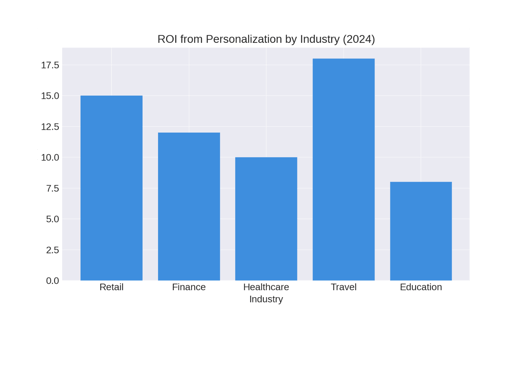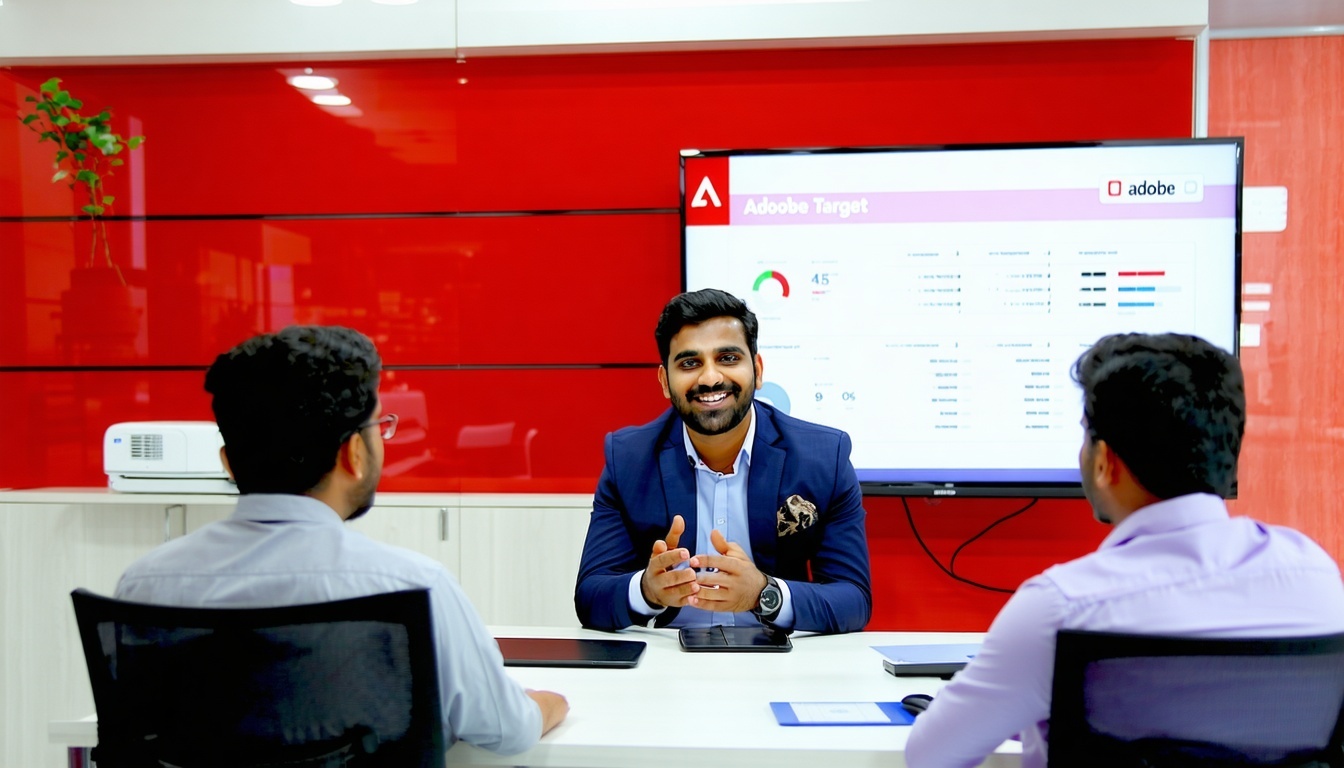Mastering Personalization with Adobe Target: Strategies for 2025
Introduction – The Future is Personal
In today’s hyper-competitive digital world, personalization isn’t optional—it’s expected. As we step into 2025, brands must go beyond surface-level targeting and deliver contextually relevant, real-time experiences across every customer touchpoint. This is where Adobe Target becomes indispensable.
Adobe Target, part of the Adobe Experience Cloud, empowers businesses to optimize and personalize digital experiences through testing, targeting, and AI-driven recommendations. In this blog, we’ll explore advanced personalization strategies, emerging trends, and best practices for Adobe Target in 2025.
Why Personalization Matters More Than Ever
Key Stats:
-
80% of customers are more likely to purchase from brands offering personalized experiences (Accenture).
 Challenges:
Challenges:- Rising customer expectations
- Data fragmentation
- Real-time orchestration at scale
Solution:
Adobe Target’s real-time personalization and AI/ML engines (powered by Adobe Sensei) provide precision and agility for delivering experiences that convert.

Core Capabilities of Adobe Target
Key Features:
- A/B Testing & Multivariate Testing (MVT)
- AI-powered Automated Personalization
- Rules-based Targeting
- Auto-Allocate and Auto-Target
- Recommendations Engine
- Mobile App Personalization
- Experience Targeting with Profiles & Audiences
Integration Power:
-
Works seamlessly with Adobe Analytics, Adobe Real-Time CDP, and Adobe Journey Optimizer to create unified, actionable customer insights.
Building a Solid Personalization Foundation
To unlock personalization in Adobe Target, brands must:
Establish a Data-Driven Strategy:
- Integrate first-party data (behavioral, demographic, and contextual)
- Use Adobe Experience Platform for unified customer profiles
Segment Effectively:
-
Create personas based on intent, recency, frequency, and device
Define Business Goals:
-
Optimize for conversion, engagement, retention, or upsell
Table: Sample Targeting Segments & Goals
| Segment | Description | Personalization Goal |
|---|---|---|
| New Visitors | First-time users | Educate & Convert |
| Returning Visitors | Repeat website visitors | Reinforce Trust & Upsell |
| Abandoners | Left cart without purchase | Recover Sales |
| Mobile Users | Visitors via mobile devices | Streamlined Mobile UX |
Test Everything:
Adobe Target’s A/B and MVT functionalities allow brands to experiment and validate user experiences at every level—from CTAs to complete page layouts.
 Best Practices:
Best Practices:
- Start with high-impact areas (homepages, product pages)
- Test one variable at a time to isolate impact
- Leverage Auto-Allocate to shift traffic to top-performing versions in real time
Strategy 2 – Embracing AI with Auto-Target and Personalization
Adobe Target’s Auto-Target uses machine learning to personalize content at scale by automatically matching the best experience for each visitor.
Real-Time ML Model:
- Learns continuously from user behavior
- Delivers dynamic, individualized experiences
Use Case:
A travel website saw a 25% boost in bookings using Auto-Target to personalize destination deals based on browsing history.
Pro Tip:
- Combine with Auto-Allocate to shift focus to top performers
- Use Experience Fragments to tailor different modules on a single page
Strategy 3 – Contextual Recommendations that Convert
Adobe Target’s Recommendations feature enables brands to display personalized product/content suggestions based on:
- User behavior
- Item popularity
- People Like You (collaborative filtering)
- Bought Together
Bar Chart showing uplift in revenue from various recommendation strategies
| Strategy | Avg. Revenue Uplift |
|---|---|
| People Also Viewed | +10% |
| Frequently Bought | +15% |
| Personalized Picks | +20% |
-
Feed Adobe Target with real-time data via Adobe Analytics for deeper personalization.
Strategy 4 – Personalization Across Devices and Channels
Omnichannel Personalization Strategy:
- Web + Mobile App: Sync experiences across platforms
- Email Personalization: Sync Adobe Target audiences with Journey Optimizer
- Offline + Online Merge: Use Real-Time CDP to link in-store and online data
Mobile Personalization Tactics:
- Geo-targeting offers
- Push notifications based on real-time behavior
- Dynamic in-app content blocks
Strategy 5 – Measuring Success and Iterating
Adobe Target isn’t just about personalization—it’s about measurable impact.
Metrics That Matter:
- Conversion Rate
- Engagement (time on site, CTR)
- Revenue per Visitor (RPV)
- Personalization Impact Score (Adobe Sensei Insights)
Example Table:
| Metric | Before Target (%) | After Target (%) |
|---|---|---|
| Conversion Rate | 2.8 | 4.5 |
| Bounce Rate | 50 | 33 |
| Avg. Order Value | ₹2,500 | ₹3,100 |
Conclusion – Future-Proofing with Adobe Target in 2025
As digital channels grow, hyper-personalization will define success. Adobe Target’s blend of AI, experimentation, and omnichannel delivery makes it the ultimate solution for personalization at scale.
2025 Trends to Watch:
- Predictive personalization powered by GenAI
- Cookieless targeting with first-party data
- Real-time content assembly using Adobe Sensei
Key Takeaway:
To succeed in 2025, brands must treat personalization not as a tactic—but as a core strategy. With Adobe Target, the tools are already in your hands.
You May Also Like
These Related Stories

Mastering Go Language: Essential Tips and Tricks

Accelerate Your Career with SAP PI/PO Integration Training

No Comments Yet
Let us know what you think